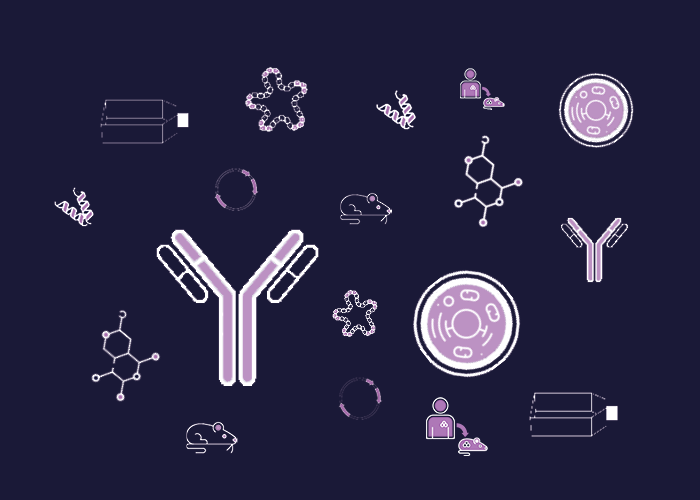Cat. #152940
HeLa EGFP-Histone H2B Cell Line
Cat. #: 152940
Sub-type: Continuous
Unit size: 1x10^6 cells / vial
Availability: 8-10 weeks
Organism: Human
Tissue: Cervix
Model: Reporter
£575.00
This fee is applicable only for non-profit organisations. If you are a for-profit organisation or a researcher working on commercially-sponsored academic research, you will need to contact our licensing team for a commercial use license.
Contributor
Inventor: Francis Barr
Institute: University of Liverpool
Tool Details
*FOR RESEARCH USE ONLY (for other uses, please contact the licensing team)
- Name: HeLa EGFP-Histone H2B Cell Line
- Alternate name: Histone H2B
- Research fields: Cell biology;Genetics
- Tool sub type: Continuous
- Parental cell: HeLa
- Organism: Human
- Tissue: Cervix
- Model: Reporter
- Conditional: Yes
- Description: The human histone H2B gene was fused to the gene encoding the enhanced green fluorescent protein (EGFP) and transfected into human HeLa cells to generate a stable line constitutively expressing H2B-GFP. The H2B-GFP fusion protein was incorporated into nucleosomes without affecting cell cycle progression. The cell line allows high-resolution imaging of both mitotic chromosomes and interphase chromatin.
- Biosafety level: 1
- Recommended controls: HeLa parental line
Handling
- Format: Frozen
- Growth medium: DMEM, 10% FBS, 5% CO2, 37?°C. Antibiotic resistance for selection of GFP positive cells: 4 ?g/ml Blasticidine, expression of GFP is quite stable but selecting at least every two passages is recommended.
- Unit size: 1x10^6 cells / vial
- Shipping conditions: Dry ice
- Storage conditions: Liquid Nitrogen
- Mycoplasma free: Yes
Related Tools
- Related tools: HeLa mCherry-Histone H2B EGFP-Alpha Tubulin Cell Line
References
- Zeng et al. 2010. J Cell Biol. 191(7):1315-32. PMID: 21187329.
- Protein phosphatase 6 regulates mitotic spindle formation by controlling the T-loop phosphorylation state of Aurora A bound to its activator TPX2.





